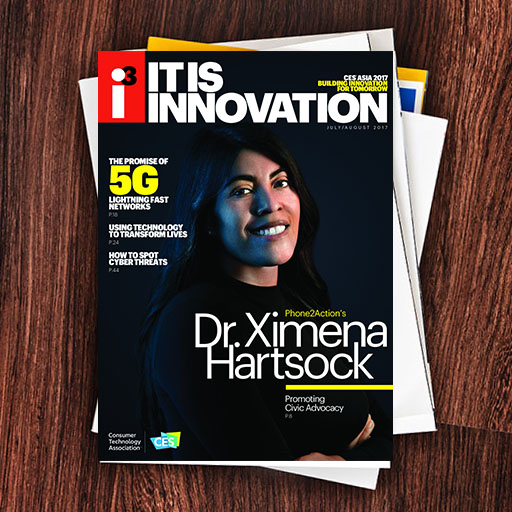According to the Sixth Annual Report of the eCycling Leadership Initiative, the industry’s commitment to increasing the collection opportunities available to consumers and improving consumer awareness of industry-sponsored recycling facilities is helping improve our environment. The report shows manufacturers and retailers recycled more than four billion pounds of CE products over the past eight years.
In 2016, roughly 630 million pounds of CE products were recycled – more than double the amount when the program launched. Companies such as Apple, Best Buy, Dell and DirecTV were spotlighted as Initiative Leaders that recycled in excess of CE recycling goals set by CTA for 2016.
Although the total recycled weight of CE took a slight dip last year, this is part of the trend that began nearly two decades ago with new products becoming smaller, lighter and thinner than ever. This evolution, plus dramatic improvements in products’ energy efficiency, has brought about a new era of sustainability in the consumer technology industry: Manufacturers now generate less waste while delivering better and more material-efficient products to consumers. The decline is consistent with recent data published by the U.S. Environmental Protection Agency (EPA) that shows waste generated from CE products flattened from 2013 to 2014.
Why has the weight of recycled CE devices peaked? According to a study by the Rochester Institute of Technology’s (RIT) Golisano Center for Sustainability, recycling weights have decreased because the weights of new CE began to fall in the year 2001 – everything from our televisions, phones and computers are smaller, thinner and lighter. Heavy cathode ray tube TVs are a thing of the past as lighter, flatpanel displays have replaced them. And mobile devices now perform many of the tasks previously reserved for heavier, less portable tech products.
The industry is making great strides in protecting the environment and producing more sustainable products. In fact, according to a recent report from the EPA, consumer electronics now have the fastest growing recycling rate of any product category in the U.S.
“By working with new technologies, the industry has demonstrated its ability to harness innovation and raise consumer awareness, an effort we hope will have lasting benefits for the environment,” says Walter Alcorn, vice president of environmental affairs and industry sustainability, CTA. Reducing its impact on the environment is one of the consumer tech industry’s top priorities.

i3, the flagship magazine from the Consumer Technology Association (CTA)®, focuses on innovation in technology, policy and business as well as the entrepreneurs, industry leaders and startups that grow the consumer technology industry. Subscriptions to i3 are available free to qualified participants in the consumer electronics industry.